- In the closing days of the Second Anglo-Sikh War, Diwan Mulraj Chopra gave a British general his ‘talwar’ as a symbol of surrender after the fall of Multan
- 171 years later, his great-great-great-grandson has tracked down the weapon to a British Army regiment, but the soldiers are unwilling to return it

17 May, 2020
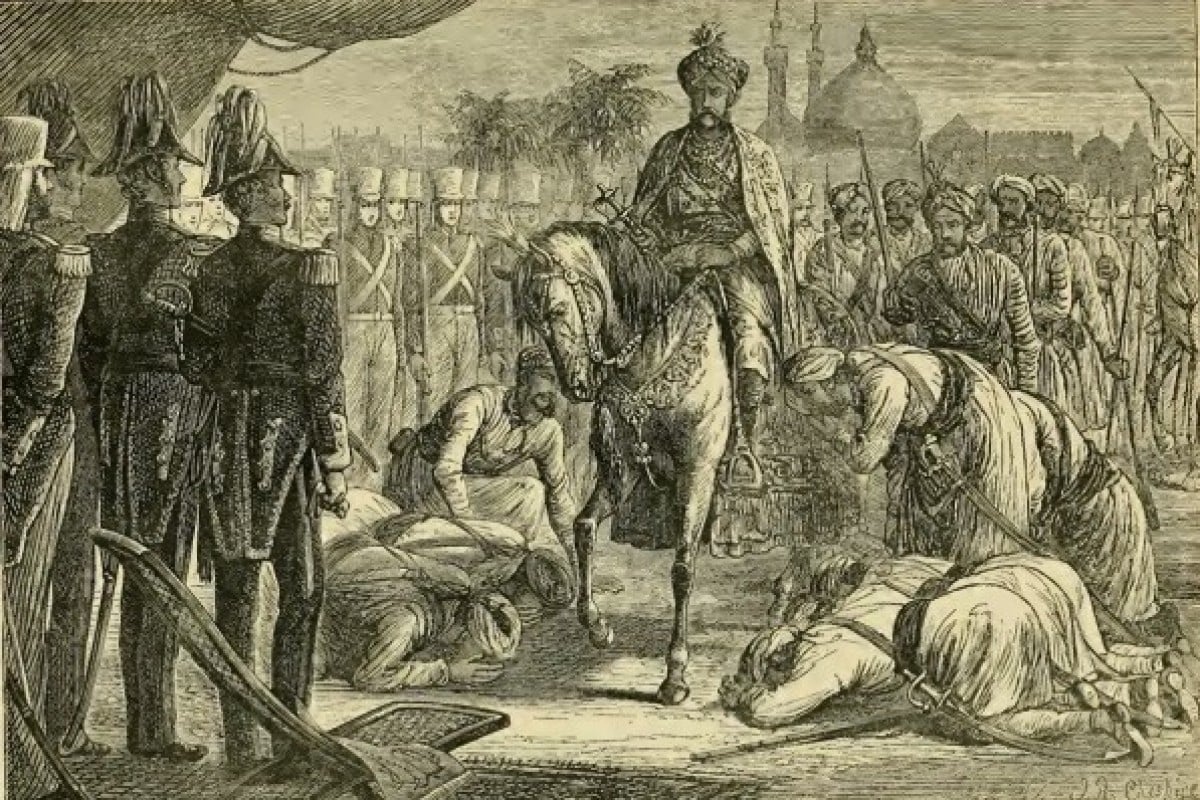
Ever since Sikh rebellion leader Diwan Mulraj Chopra rode out onto the dusty plain surrounding the battered city of Multan on January 22, 1849, his descendants have sought the “talwar” that he proffered as a symbol of his surrender to General William Whish of the British Raj.The task of locating the gracefully curved sword in its velvet-covered scabbard eventually fell to Jarat Chopra, the great-great-great-grandson of the former ruler of the southern Punjab. Like his predecessors, however, Chopra made little headway in finding the weapon, or a number of other personal belongings that have also been missing since Multan fell to British troops of the Bengal Artillery employed by the East India Company, effectively ending the Second Anglo-Sikh War.
Then in April 2018, Chopra was flicking through a Spink & Son auction catalogue when he spotted a reference to the long-lost talwar in a listing for some of General Whish’s medals.“His family later bequeathed the sword to the Royal Artillery Institution at Woolwich, the Royal Artillery displaying it in the Officers’ Mess,” it said.
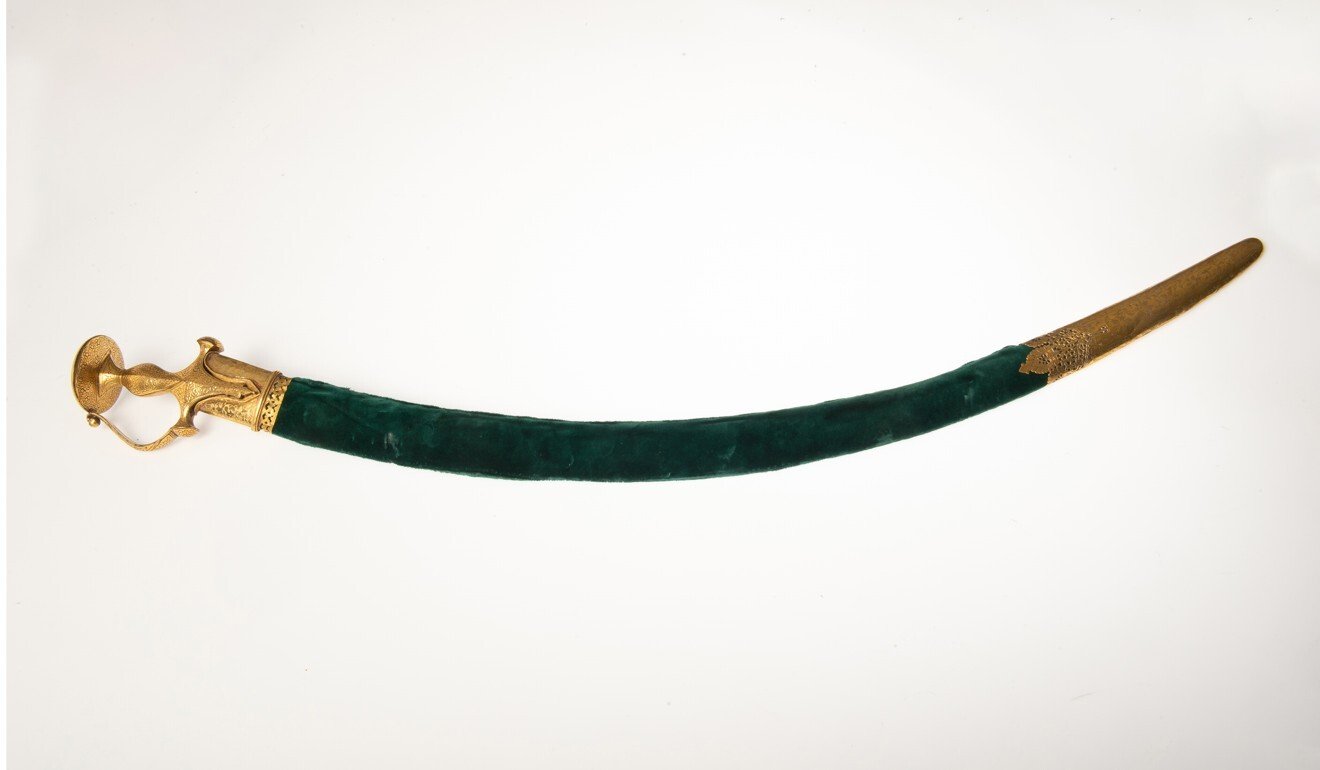
“I felt disbelief. Utter disbelief,” said Chopra. “After all these years. It was as if the world stood still for a time all around me”.
The Cambridge-educated lawyer who has held senior positions with the World Bank and the United Nations said he had “grown up with all these stories and the debris of that history all around me from my first days”. “It ran through the family culture,” he said.
A sex scandal in the Raj: how rumours ruined a mixed-race couple in 19th-C India16 Jul 2019
Armed with the knowledge that the family heirloom had returned to Britain – even that fact had never previously been ascertained – Chopra contacted the Royal Artillery to inquire whether it had the sword in its possession.
The British Army regiment subsequently confirmed that it had located the talwar in its collection and, in an email, Major Robert Begbie, the assistant regimental secretary, said he had removed the sword from its case for the first time in 150 years to examine it.CORONAVIRUS UPDATEGet updates direct to your inboxSUBSCRIBEBy registering, you agree to our T&C and Privacy Policy
An inscription inside the hand guard reads “Akaal Sahai Mulraja 1893”, which in Punjabi translates as an “almighty blessing” for the owner. The date of the sword’s forging is given using the historical Hindu calendar known as the Vikram Samvat and is equivalent to 1836 in the Gregorian calendar.
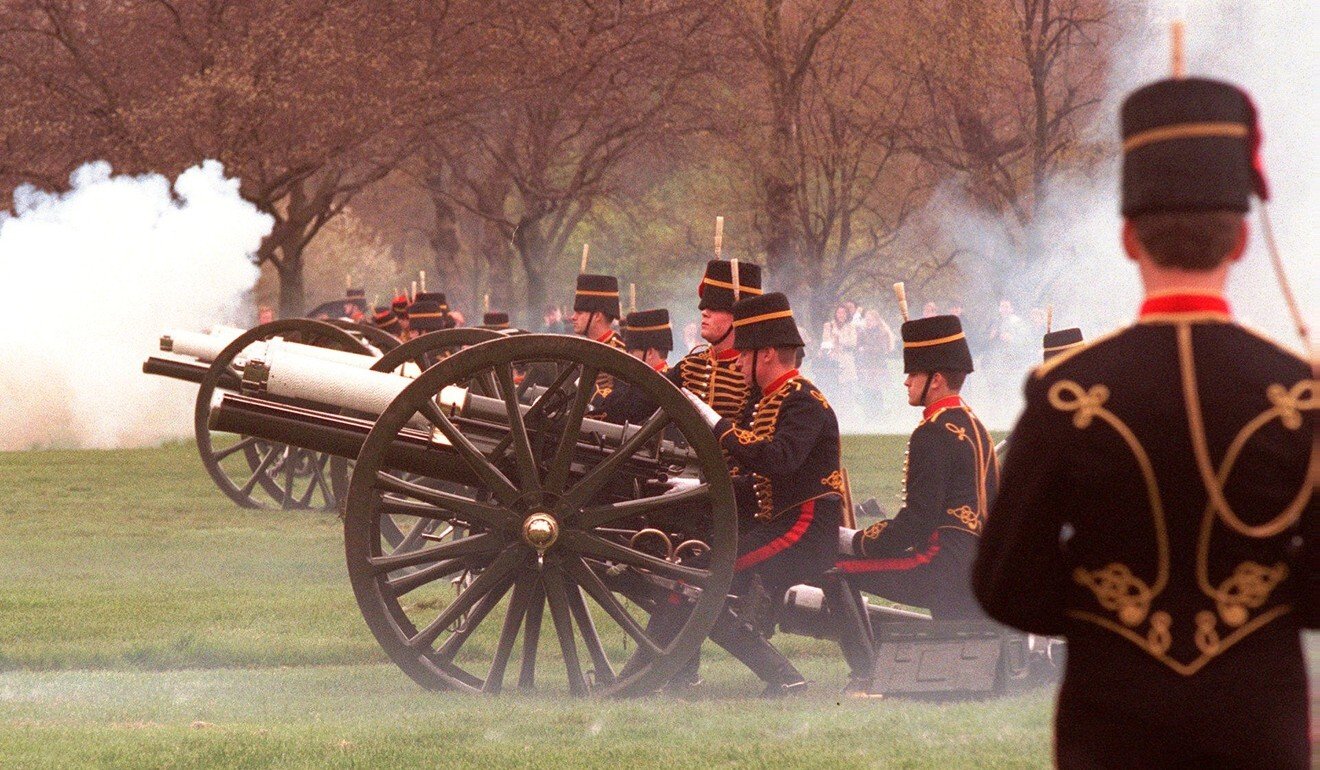
In another letter sent in November last year, Chopra requested that the sword be returned to the descendants of Mulraj or that he be permitted to purchase it. He was optimistic that the family’s quest might be over, given the passage of time and mounting precedent for seized items to be returned to their original owners – in Britain there is a growing movement, including among museums, for artefacts to be returned.
In April, for example, the Royal Albert Memorial Museum in Exeter announced that it would hand over the 19th century regalia of a Canadian tribal leader to his descendants. The city council agreed to return a number of items – including a necklace of grizzly bear claws, a hardwood bow and leggings – that had belonged to Chief Crowfoot of the Siksika Nation in Alberta, on the grounds that it was “the right thing to do”.
Japanese soldier’s photo album returns to family, 74 years after his death25 Nov 2019
Equally, Bristol Museum has expressed willingness to return tribal objects to Benin; the Manchester Museum has made a public act of restitution to Torres Strait islanders; and Arts Council England has commissioned the creation of guidelines for the restitution or repatriation of artefacts.
Chopra had even more grounds for optimism, given that his grandfather, Iqbal Chand Chopra – a business partner of Canadian geologist John Williamson – had jointly presented the then Princess Elizabeth with the world’s largest and finest pink diamond to celebrate her wedding in 1947. At more than 54 carats and set in a stunning brooch, the stone has been described as a “freak of nature” and as being “priceless”.
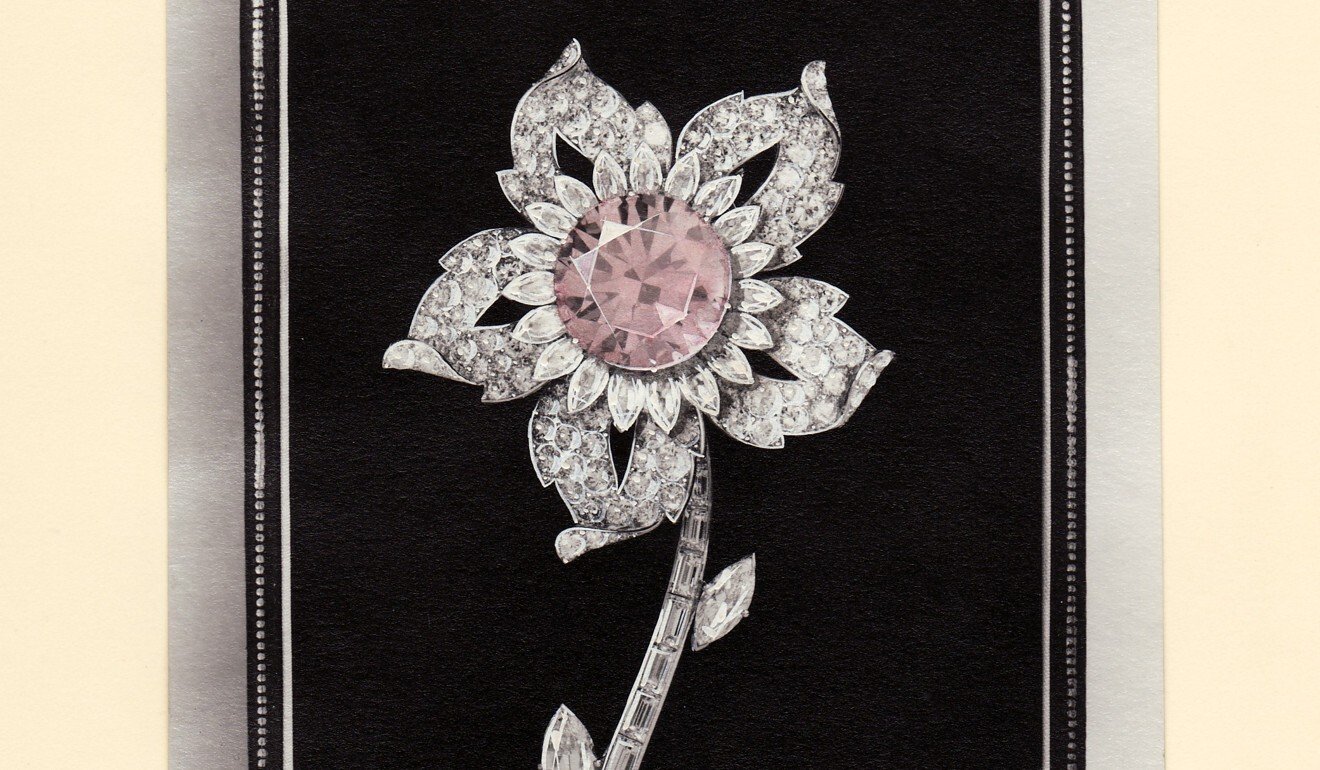
By coincidence, Queen Elizabeth is today the Captain General of the Royal Artillery.
Chopra’s optimism, however, was misplaced.
In a letter he received in January, Major Begbie laid out the reasons why the regiment would not return Mulraj’s sword. The major pointed out that the sword was formally bequeathed to the regiment and had now been “accessioned”, an act that is “irreversible, and it cannot now be sold or otherwise disposed of”.
“It is not the regiment’s policy to return captured ‘battle trophies’ to families or governments of erstwhile foes,” Begbie wrote. “We would, for example, never consider returning German or Japanese trophies from the two world wars. We would not consider returning Crimean War trophies to the Russians, nor Napoleonic ones to the French. Nor, I must record, do we ever seek the return of trophies captured from us in past conflicts.
One of the main purposes of a military trophy … is to maintain the memory of past conflictsMajor Robert Begbie, British Royal Artillery
“As a final observation, you infer that returning the sword would ‘bring an honour to the regiment and institution, more in keeping with the times’. I respectfully point out that you express the view of a civilian, who misunderstands one of the main purposes of a military trophy, and that is to maintain the memory of past conflicts and of our forebears who fought and died in them.”Chopra said he was profoundly moved by his own experience of returning battlefield trophies to the family of a dead Japanese soldier last year, adding: “There needs to be an accounting, a settling, a reconciliation, some kind of ending to this phenomenon.”
“This is not about reversing a defeat and a surrender or altering the facts of history,” he said. “It has to do with ending the lingering effects of those traumatic events for and within a family. It means history can be a matter of fact, but our relationship to those facts can finally change and bring a sense of peace.”
Refusing to return the sword, he said, “is like saying we want to keep the experience of defeat and surrender alive for a family 170 years on, which seems unnecessarily punitive today, when we are much more aware of various kinds of trauma”.

And he is disappointed at the regiment’s refusal to even discuss the matter further.
“The formal response of the regiment was really a defence of a continued sense of belligerence, seemingly with all adversaries of the past,” he said.
“If I understand the sentiment in the letter correctly, it is rather like holding war trophies hostage to memorialise one-time enemies in an endless cold war after ‘hot wars’ have stopped – which is known to be the key ingredient in the recipe for mobilising hostility in resumed conflicts even generations apart.”
Such actions prevent “genuine reconciliation that can dissolve the effects of past conflicts once and for all”, he said.
Chopra also points out that if the Royal Artillery wants to remember its role in the siege of Multan, “then it is fair to remember its full role”.
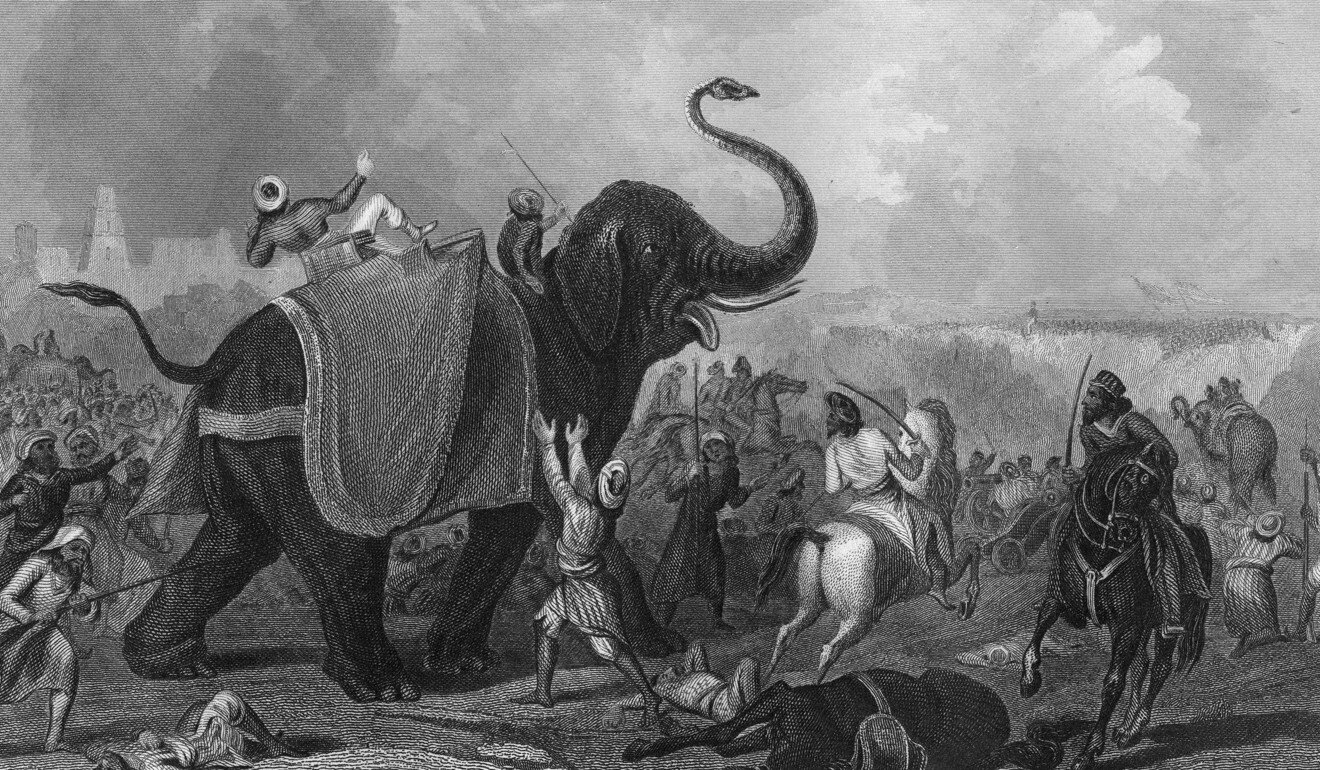
“Aside from Multan being one of the greatest cases of plunder in the history of India – which is really saying something – that post-conflict pillaging followed a series of atrocities perpetrated during the siege, including physical mutilation and rape.”
The day before the city’s capitulation, Mulraj offered to surrender on the condition that the British forces guarantee that the women would not be “disgraced”. The British, Chopra said, rejected the condition. Eventually, of the 12,000 defenders of the city, just 550 survived.
It is not only the descendants of the defeated who wish to see the sword returned. Chopra has a powerful ally in the form of General Whish’s great-great-great granddaughter Tania O’Keeffe, who lives in Poole, southern England.
“I would like to think that, despite having to act according to the custom of warfare at the time of the siege, such as the taking of possessions – booty – from the defeated, if he now had the chance to return the sword as a gesture of peace and healing, he would do so,” she said.
Chopra refuses to give up on his campaign to have the last tangible symbol of his forebear returned to the family and said it “would mean the Earth” to have it back.
“It would mean something like ending history and starting life anew,” he said. “The sword as an instrument of war in its rightful place can be put to rest. In short, I think it would be rather a transcendental experience.”
